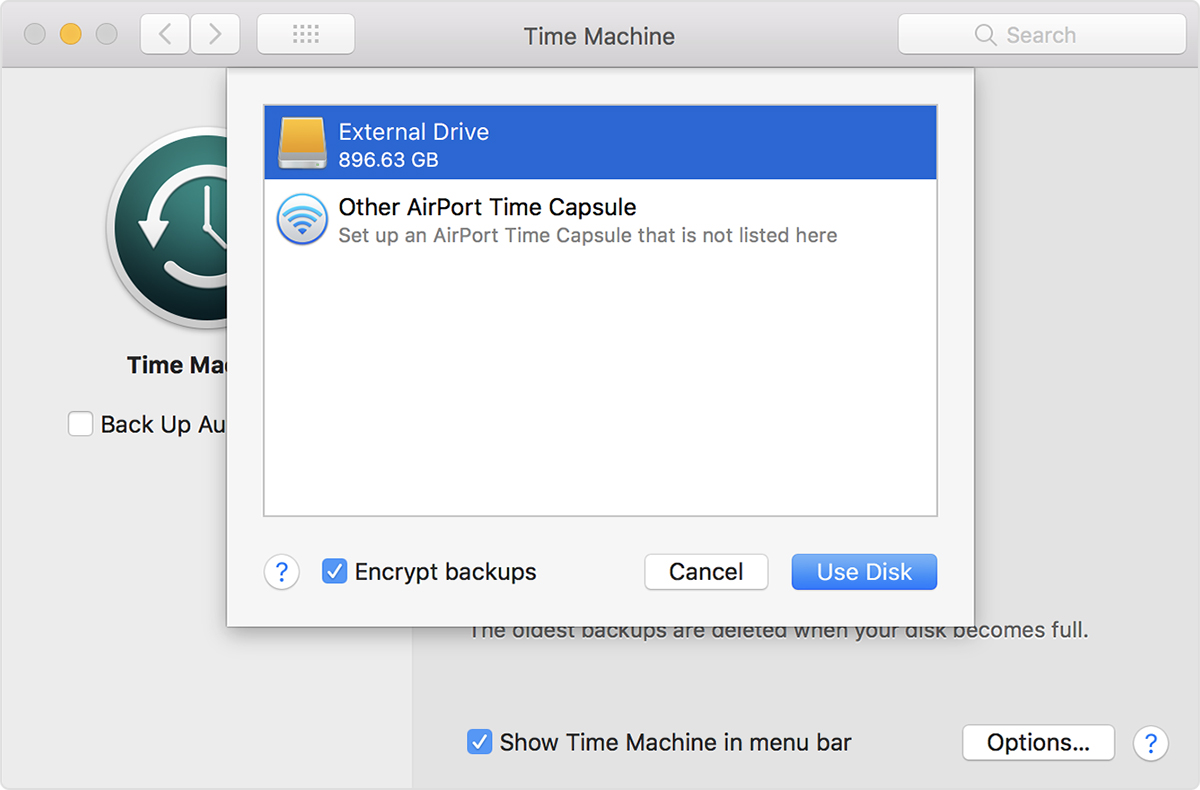Aug 30, 2016 This guide will walk through how to erase and format an entire target disk using exclusively the command line on any Mac using macOS or Mac OS X. You can choose any common file system format the disk to after it has been erased, including ExFAT, FAT32, HFS+, or JHFS+. As I've said before, slowing down is not an option for me. At one point, I realized that there were plenty of files on my Mac that I didn't need any more, but too many to delete individually. In other cases, your Mac can be experiencing some major malfunctions: constant crashing, locked controls, slow boot times, missing files, etc.

These instructions only apply to Mac computers with an Intel processor.
Erasing your Mac permanently deletes all of its files, so make sure you make a backup of any files that you want to keep. If you're attempting to restore your Mac to factory settings, first learn what to do before you sell, give away or trade in your Mac.
How To Format Mac Hard Drive
Start up from macOS Recovery
Turn on your Mac, then immediately press and hold these two keys until you see an Apple logo or other image: Command (⌘) and R. You may then be asked to select a user you know the password for. Select the user, then click Next and enter their administrator password.
Use Disk Utility to erase your disk
- From the utilities window in macOS Recovery, select Disk Utility and click Continue.
- Select Macintosh HD in the sidebar of Disk Utility. Can't see Macintosh HD?
- Click the Erase button in the toolbar, then enter the requested details:
- Name: Continue to use Macintosh HD as the name or enter a different name.
- Format: Continue to use APFS or Mac OS Extended (Journaled), as recommended by Disk Utility.
- Click Erase Volume Group. If you can't see this button, click Erase instead.
- If Find My is turned on for this Mac, you may be asked to enter your Apple ID to authorise the erase. Forgotten your Apple ID?
- After the erase has been completed, select any other internal volumes that may be listed in the sidebar, then click the delete volume (–) button in the toolbar to delete each volume.
You don't need to delete the Macintosh HD volume you've just erased, or any external volumes or disk images. - Quit Disk Utility to return to the utilities window.
- If you want to start up again from the disk you erased, you should now reinstall macOS on that disk.
If you can't see Macintosh HD in Disk Utility
Your built-in startup disk should be the first item listed in the Disk Utility sidebar. It's named Macintosh HD, unless you've changed its name. If you can't see it there, choose Apple menu > Shut Down, then unplug all non-essential devices from your Mac and try again.
If your disk still doesn't appear in Disk Utility or Disk Utility reports that the erase process has failed, your Mac might need service. If you need help, please contact Apple Support.
Erase A Mac To Sell
Learn more
Format Mac Os X
For more information about using Disk Utility, see the Disk Utility User Guide.

